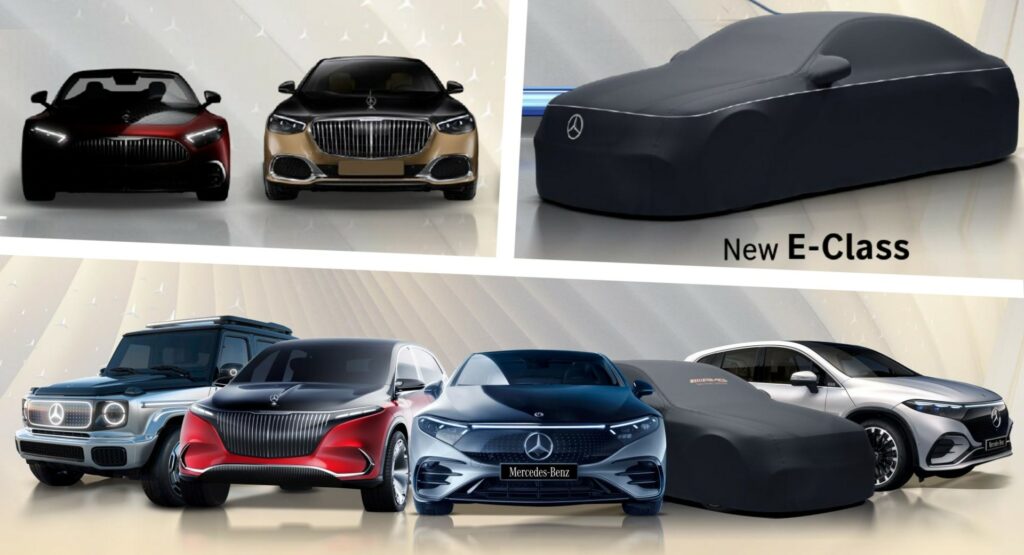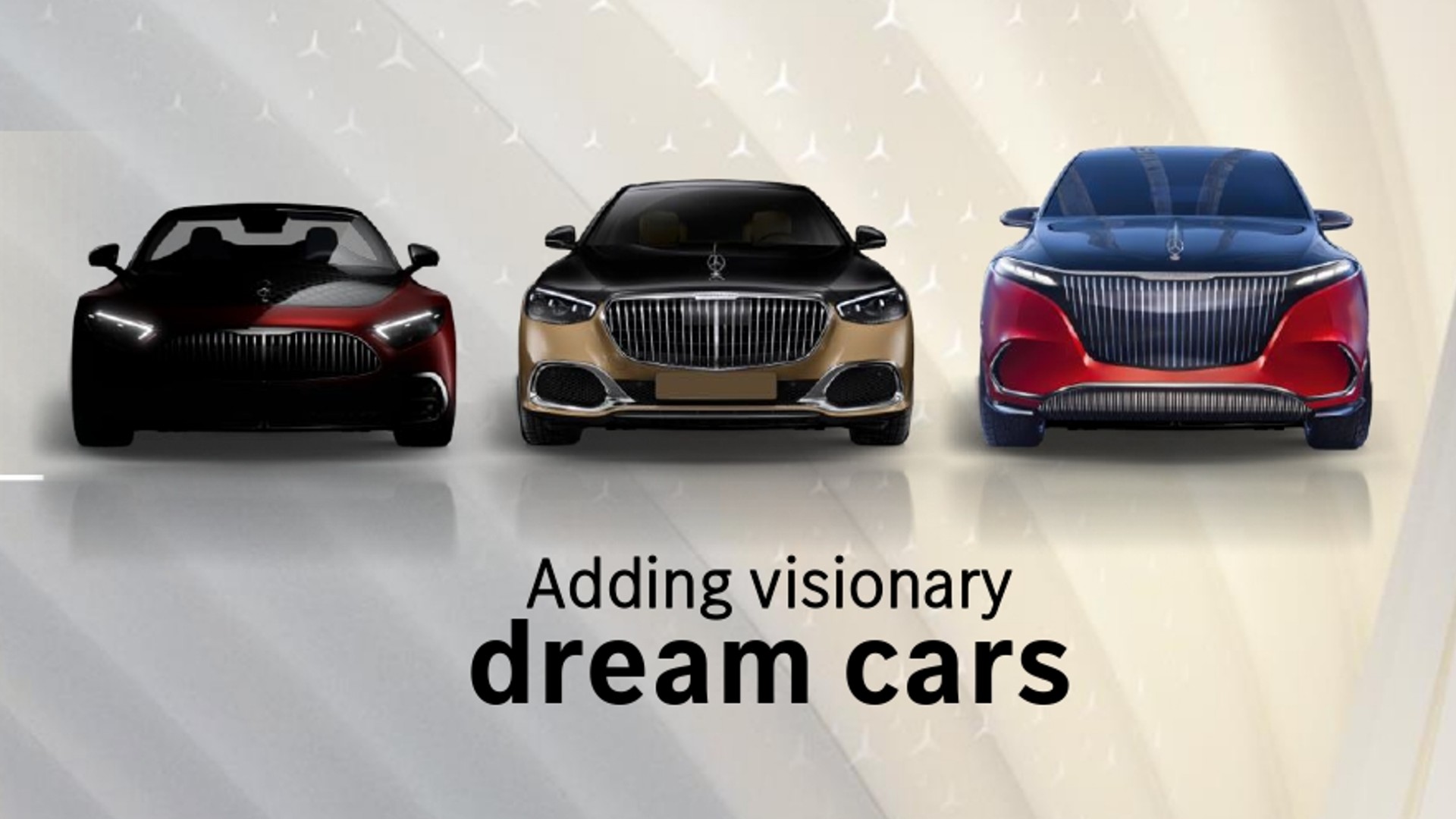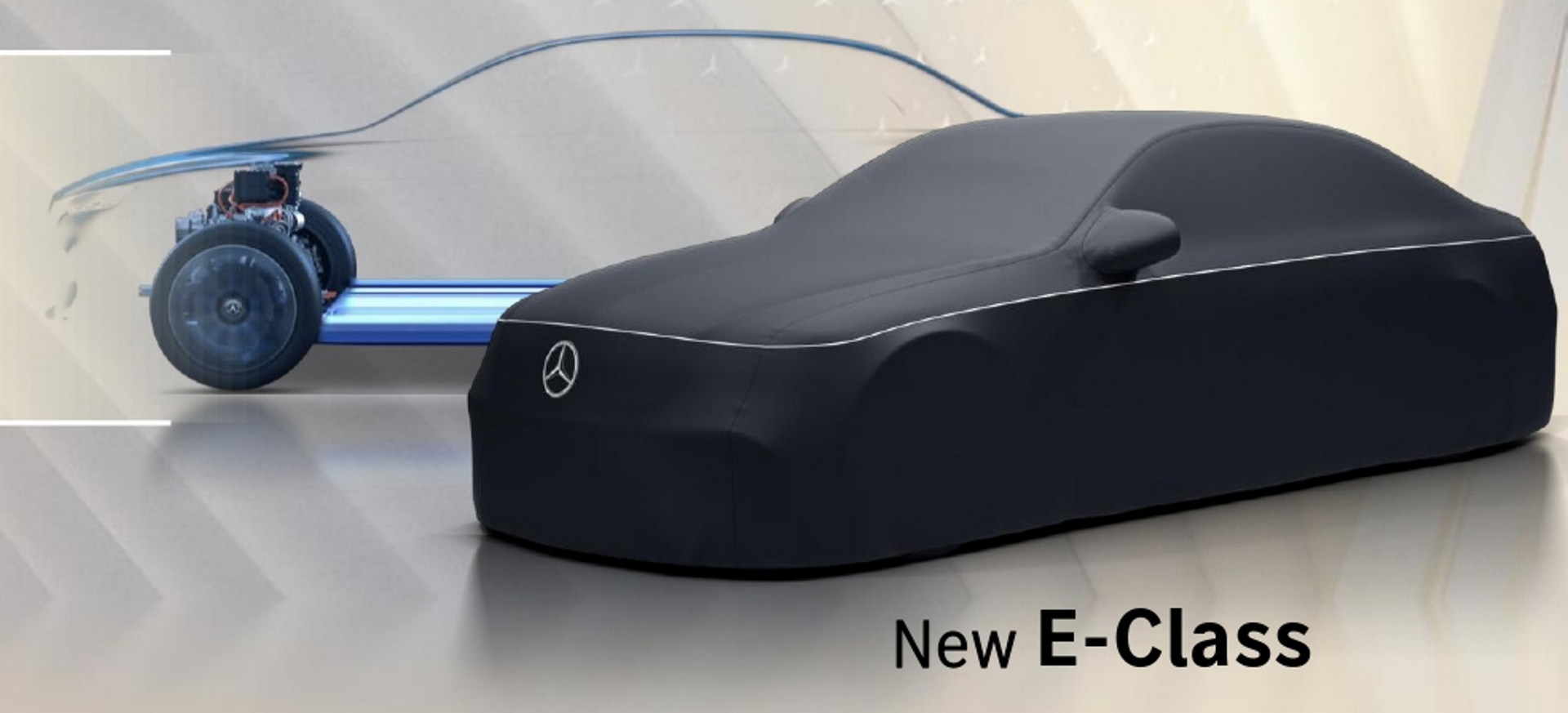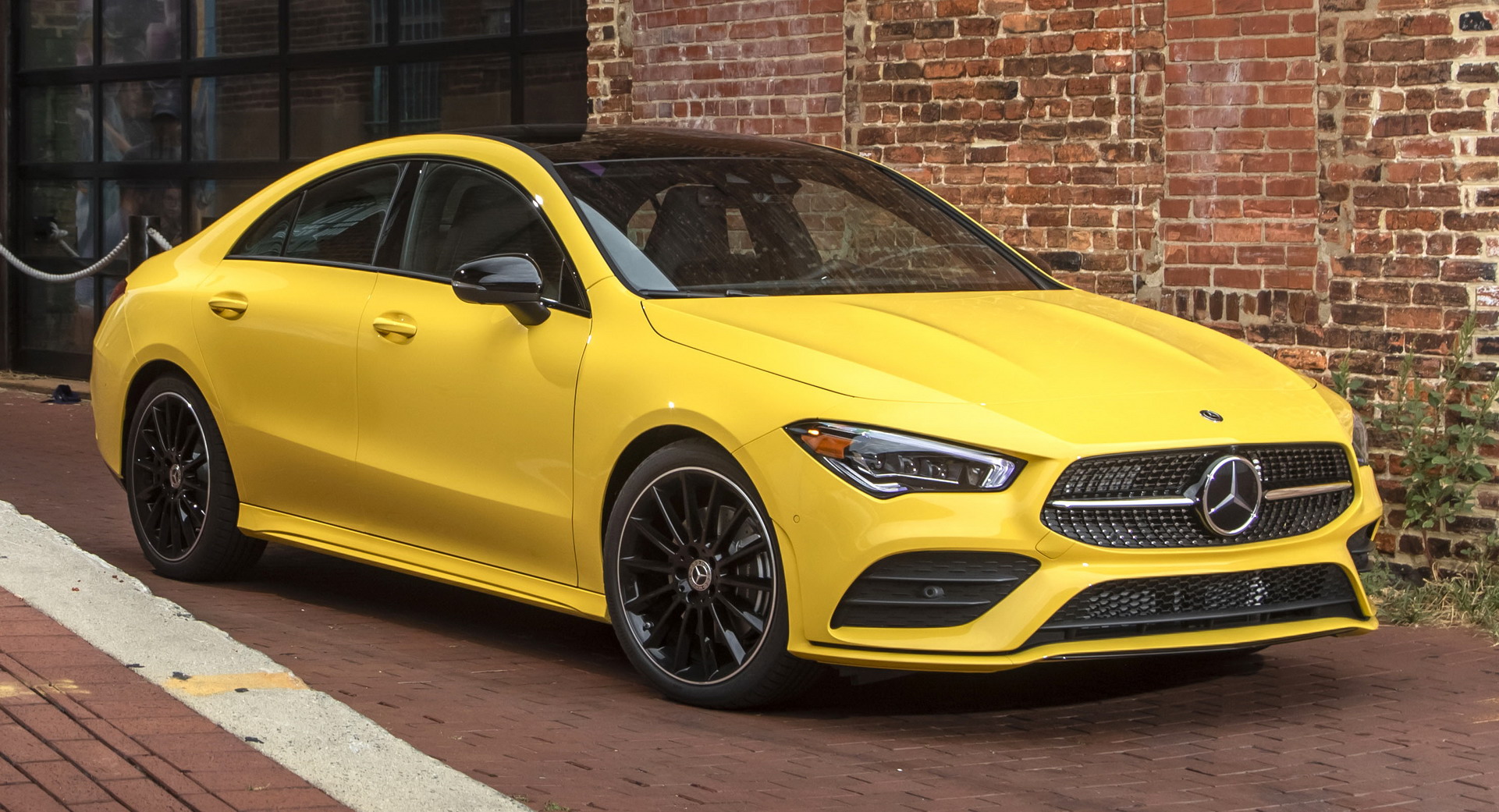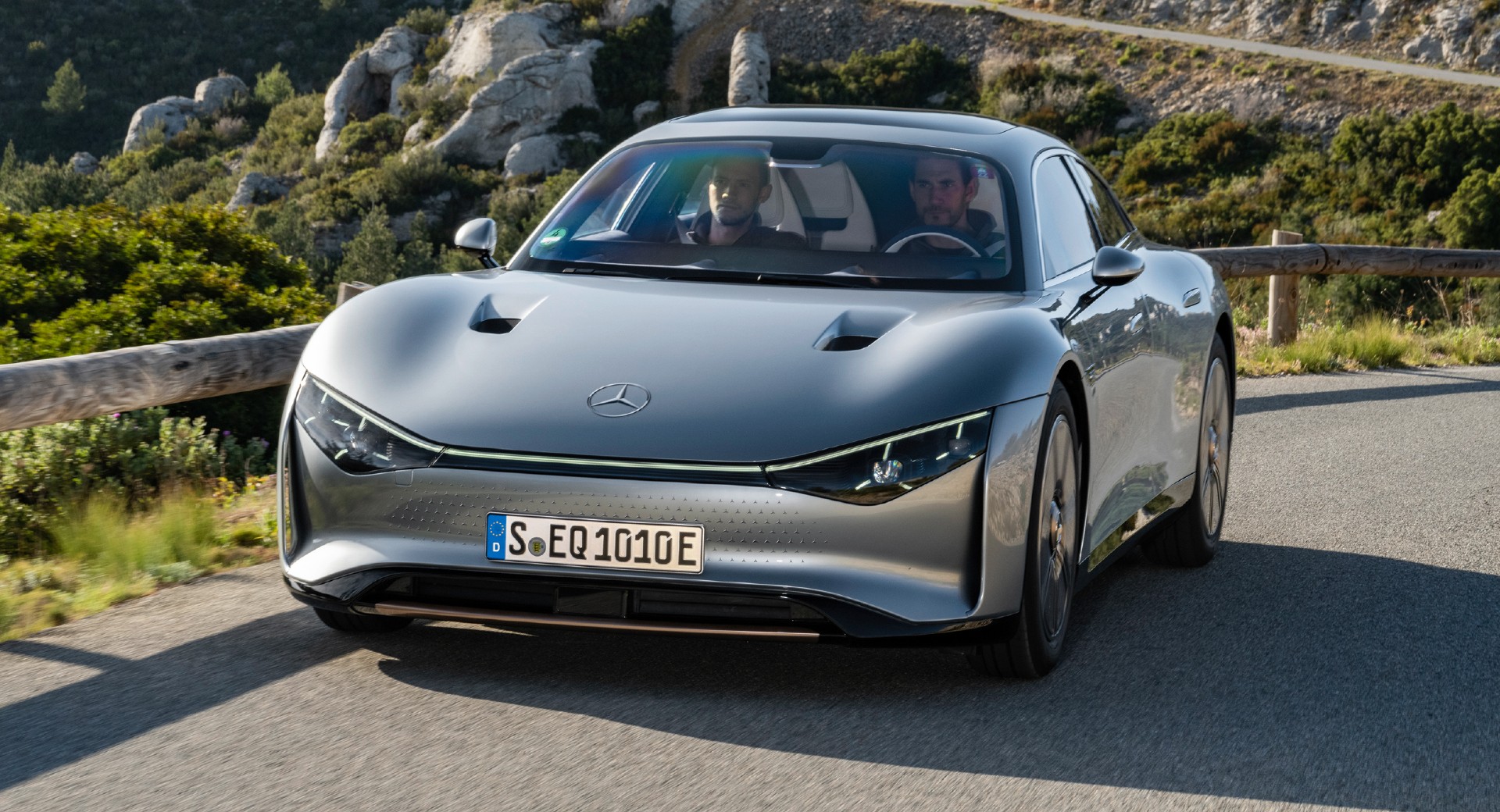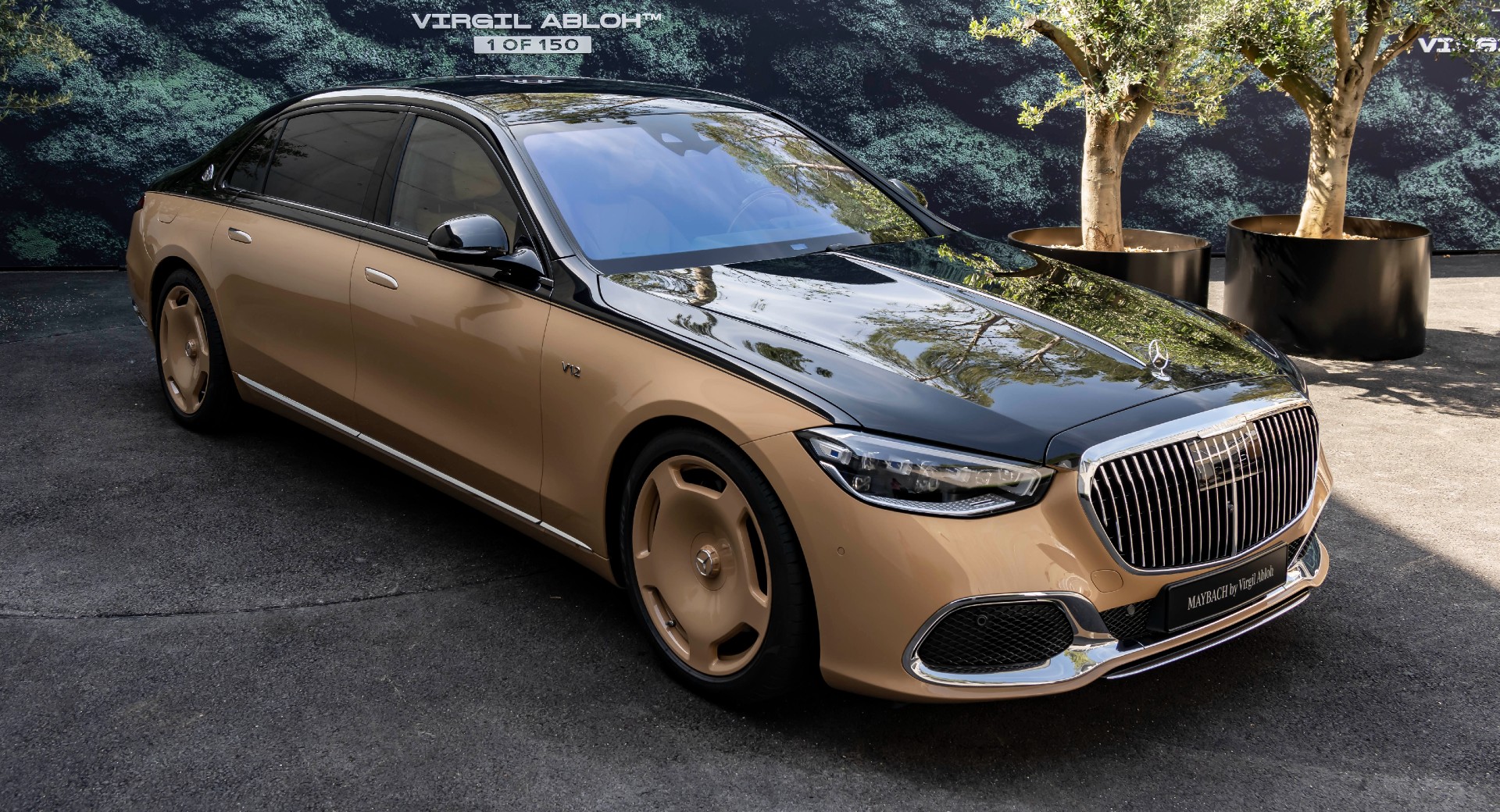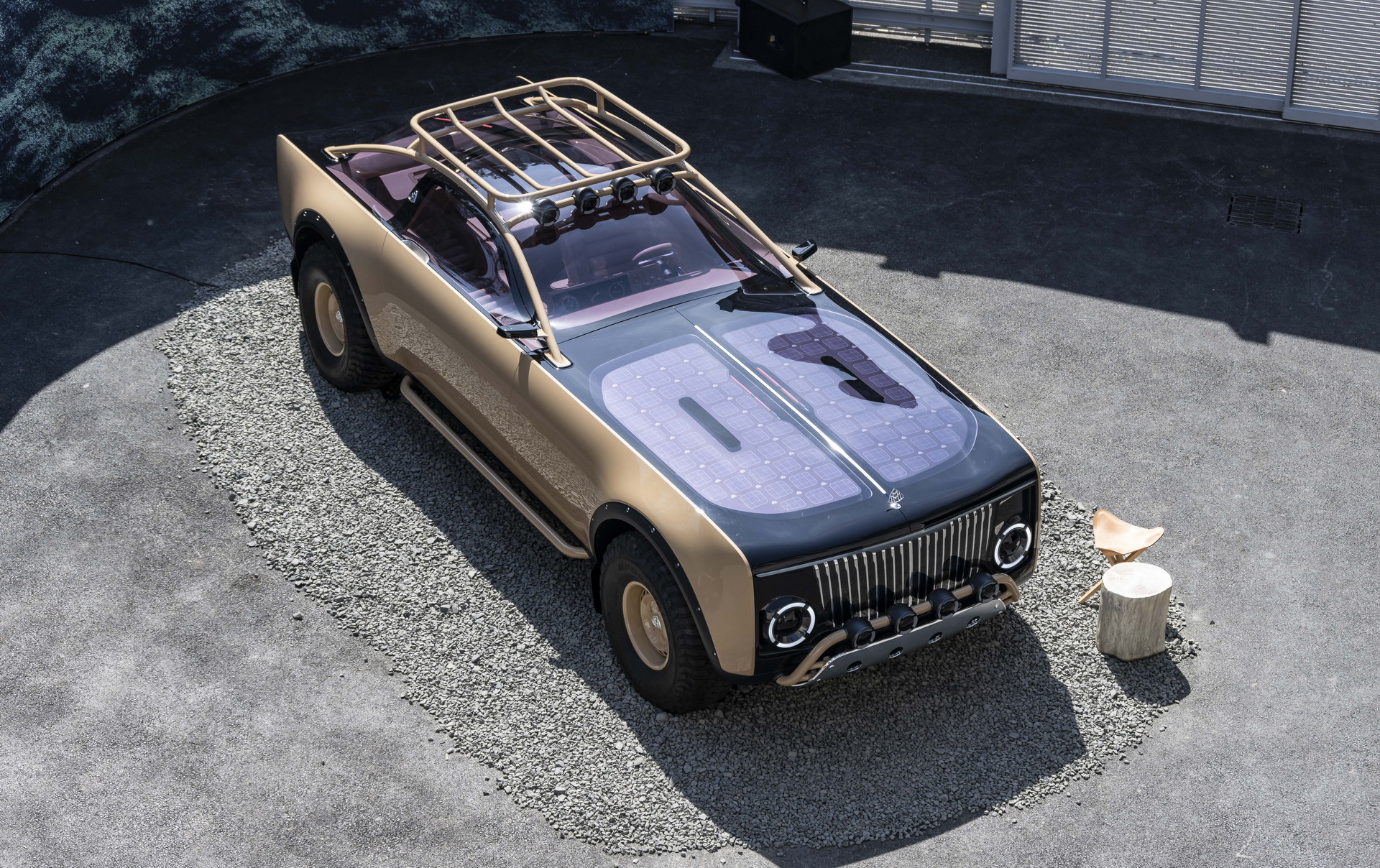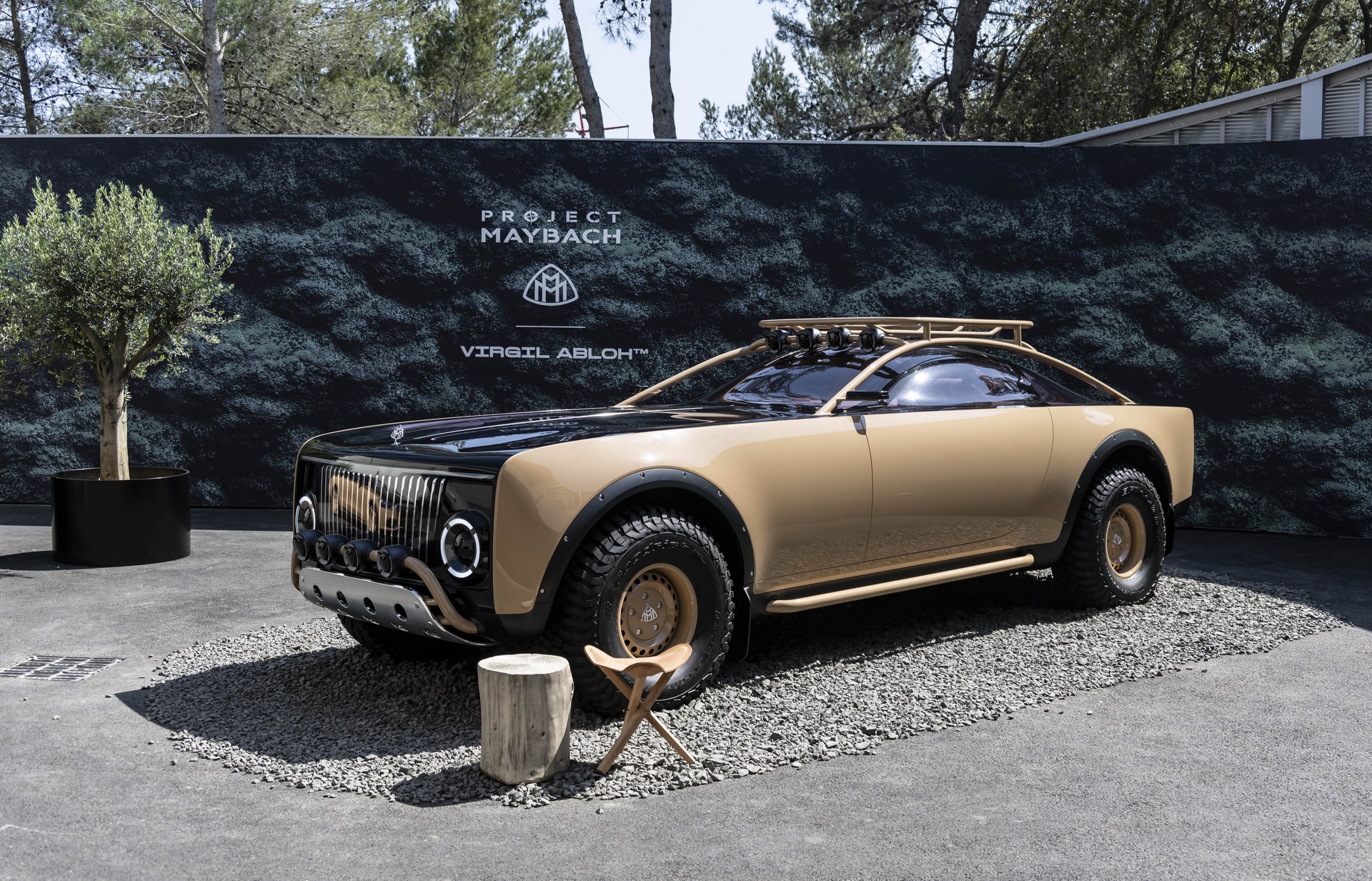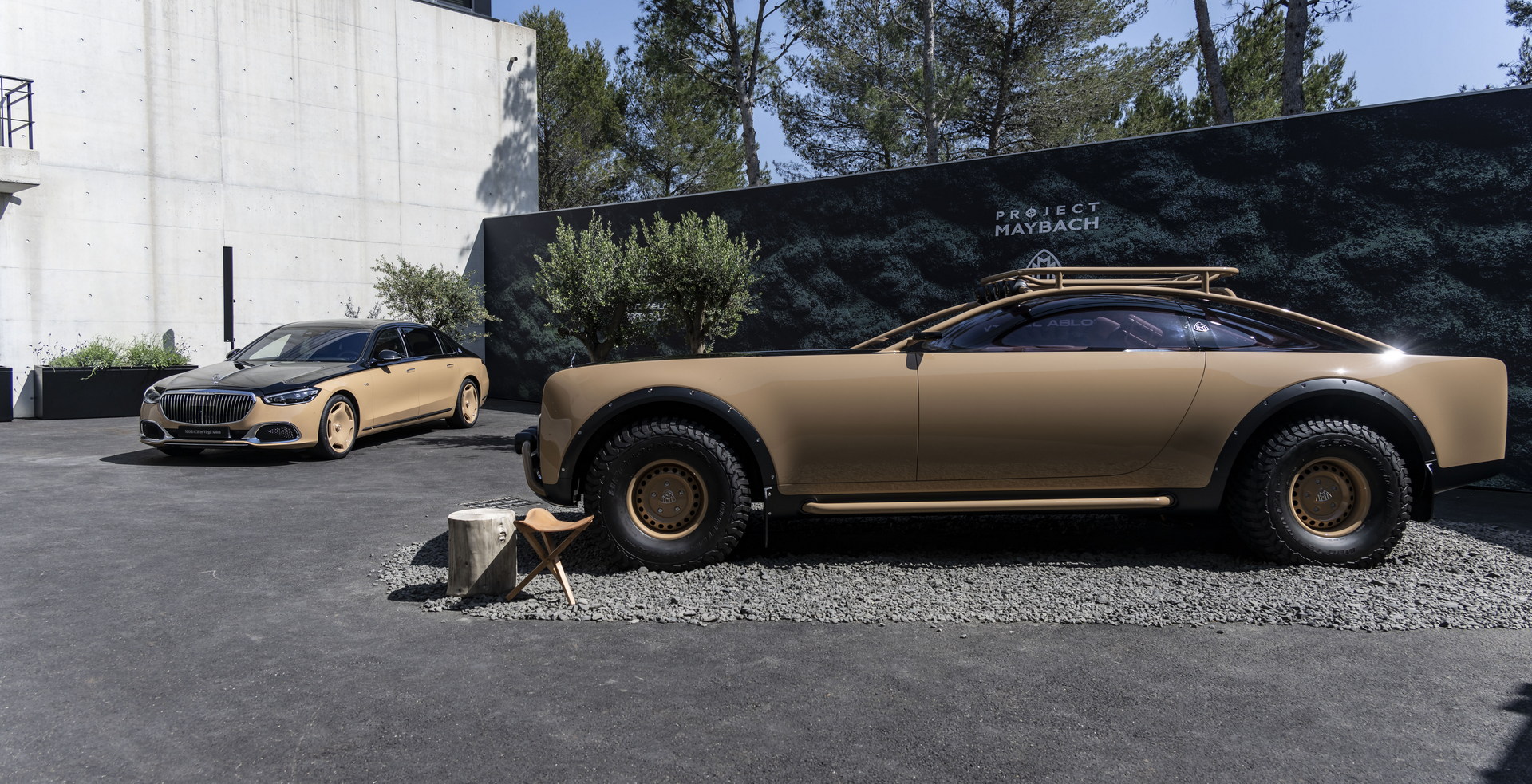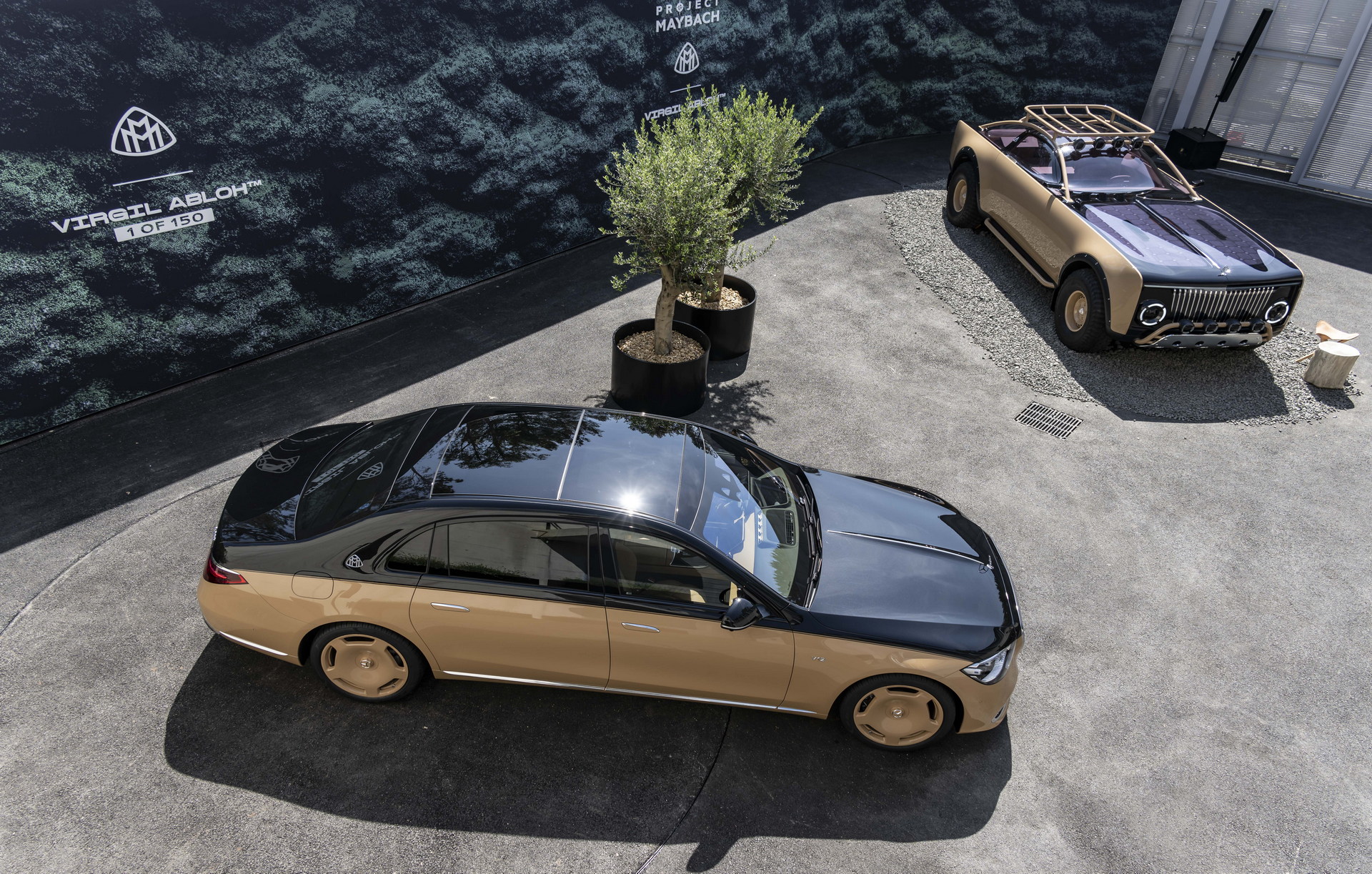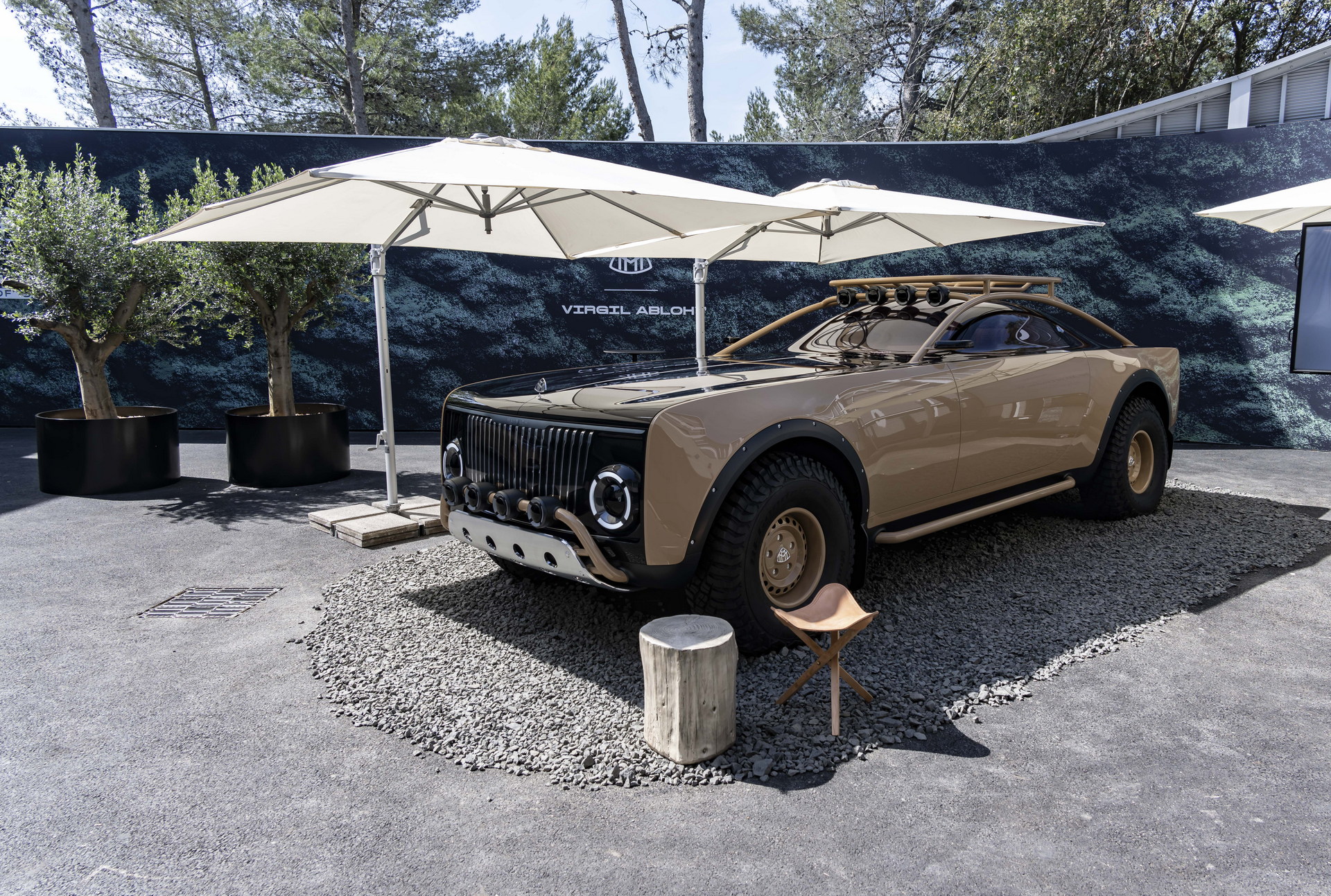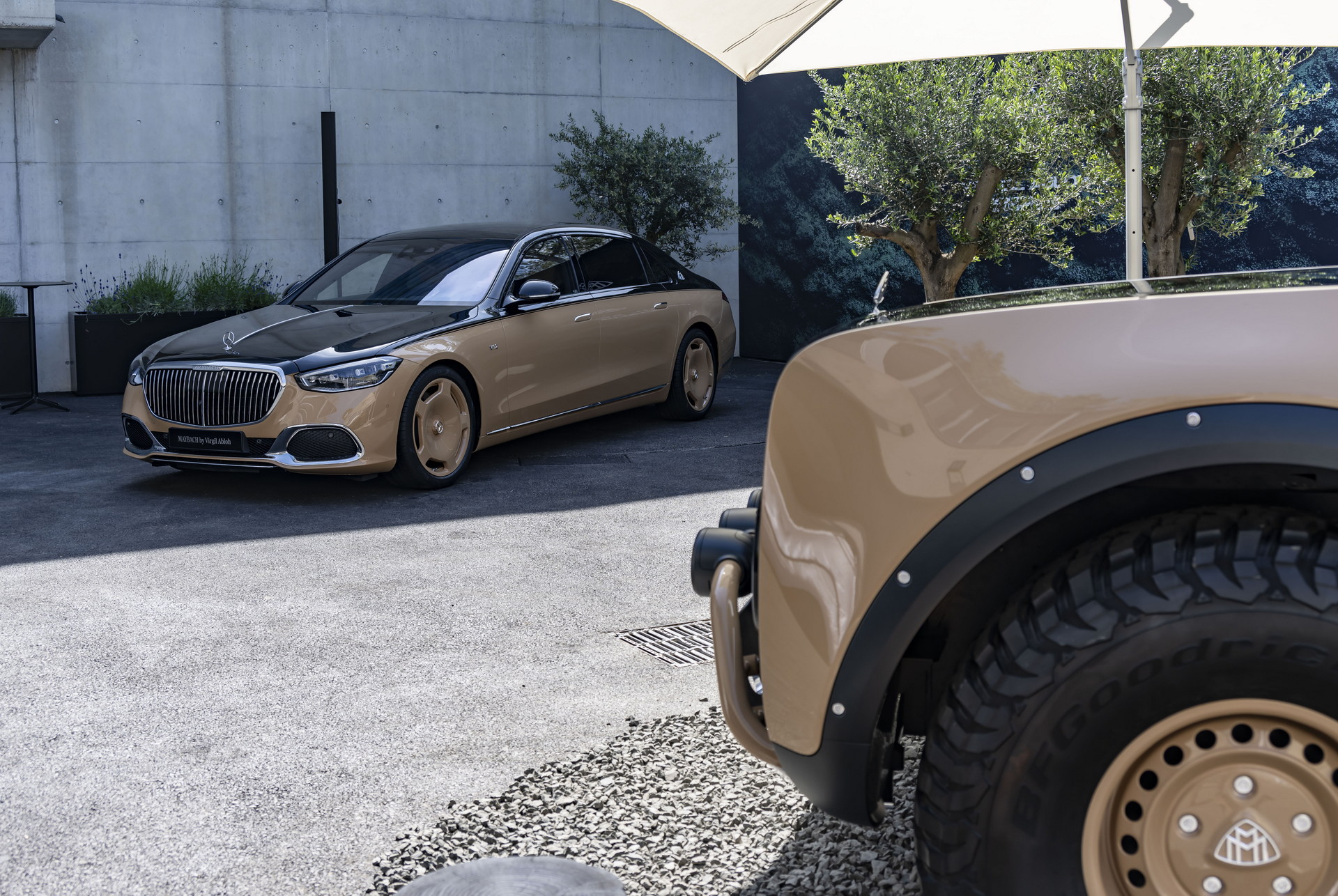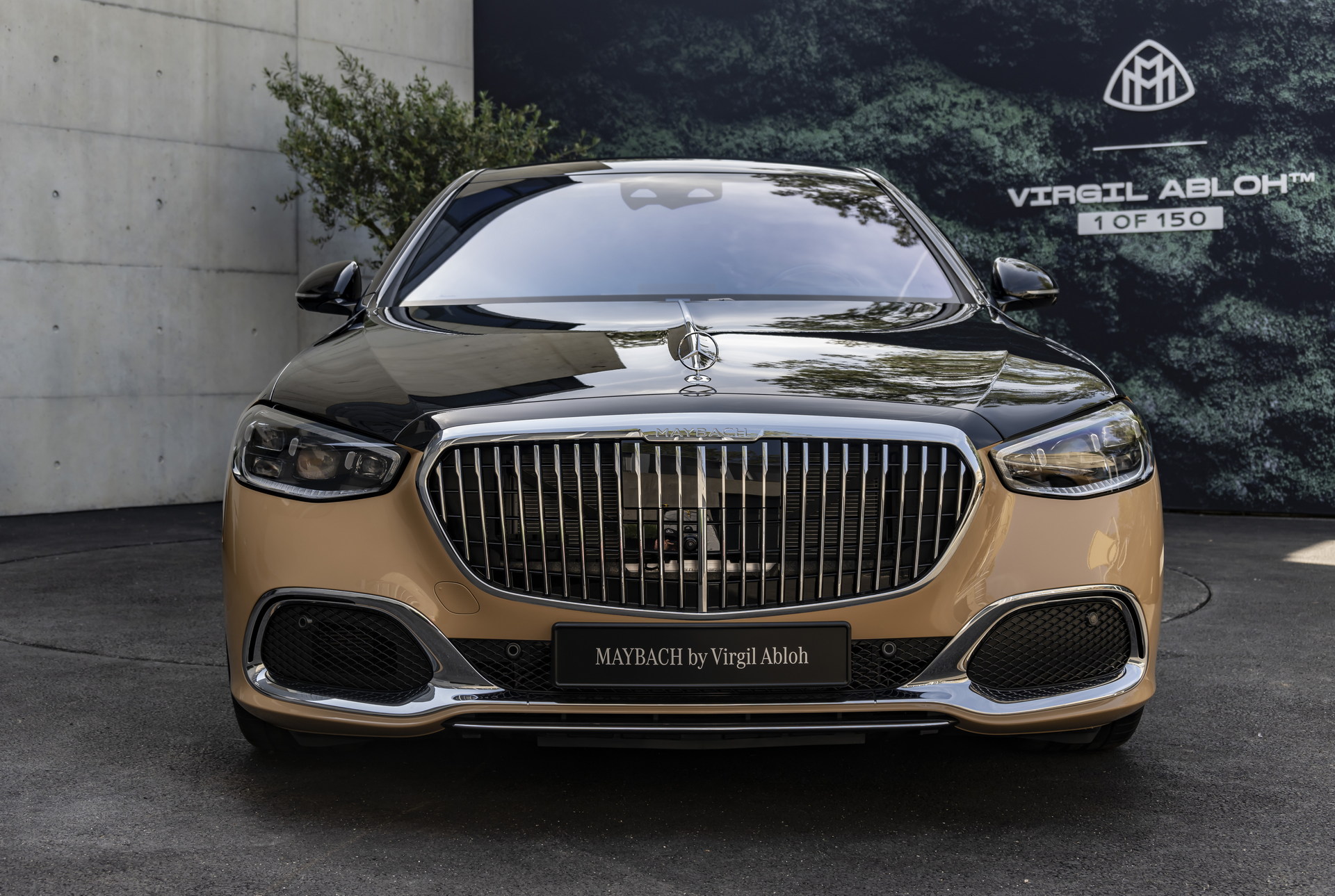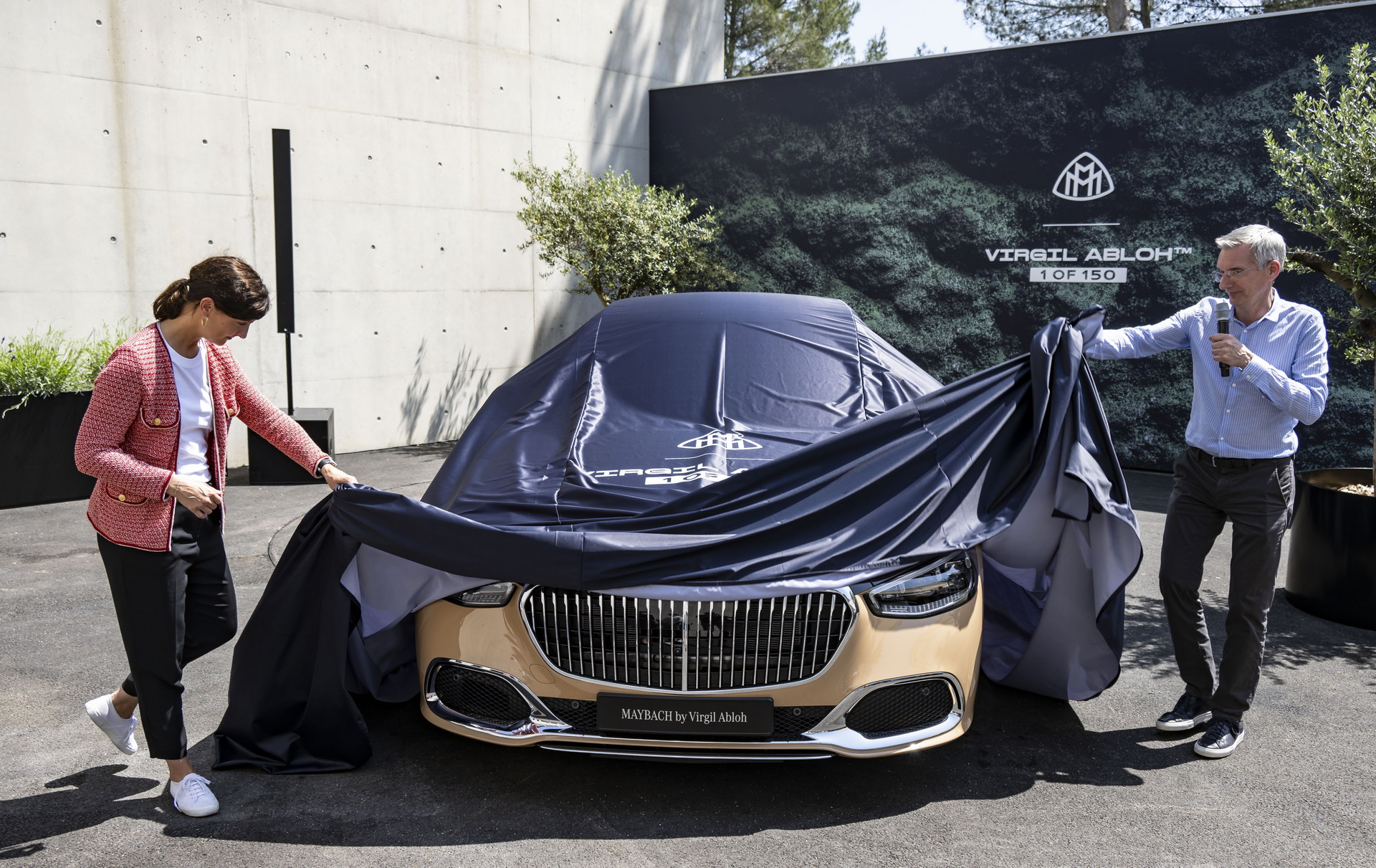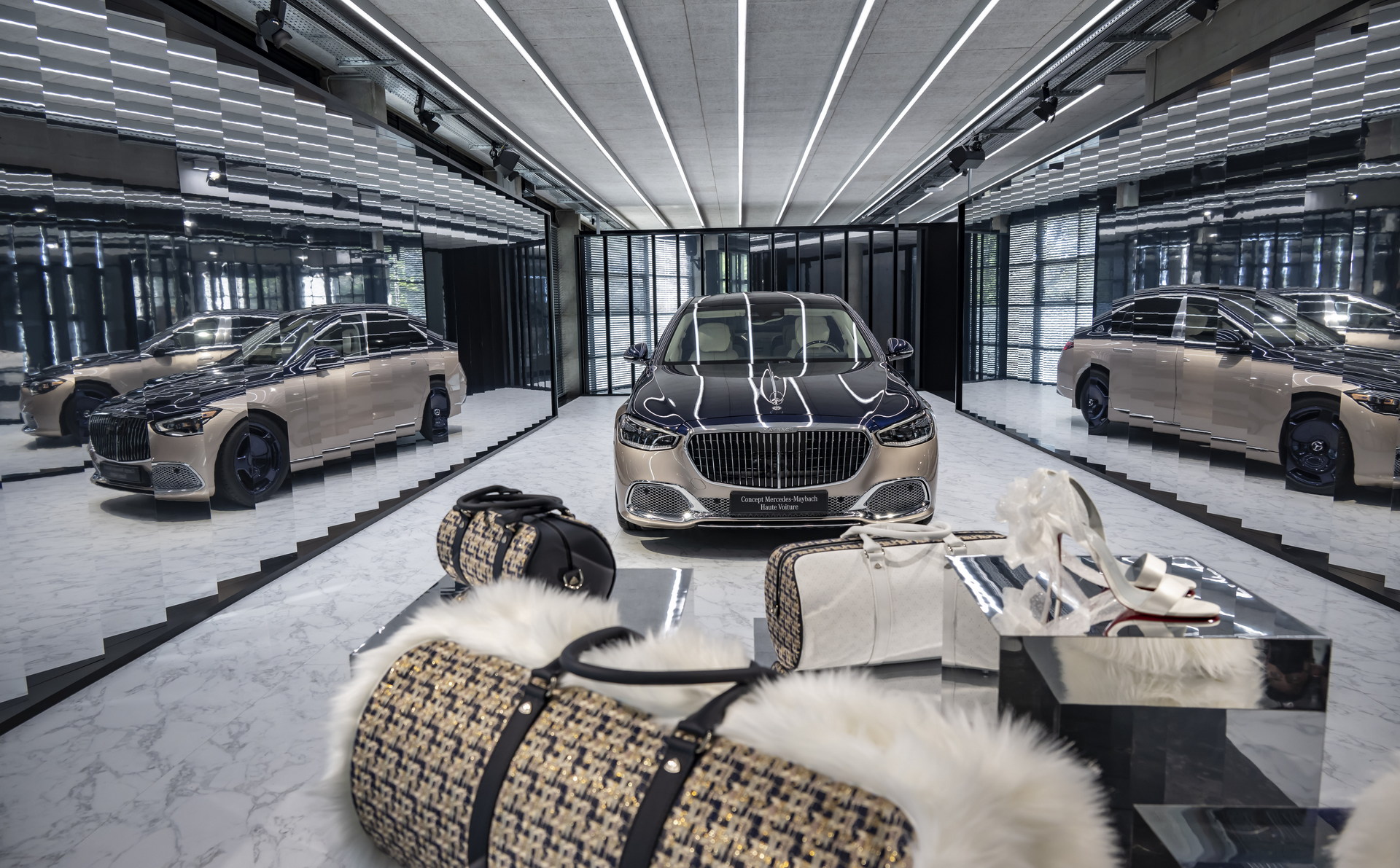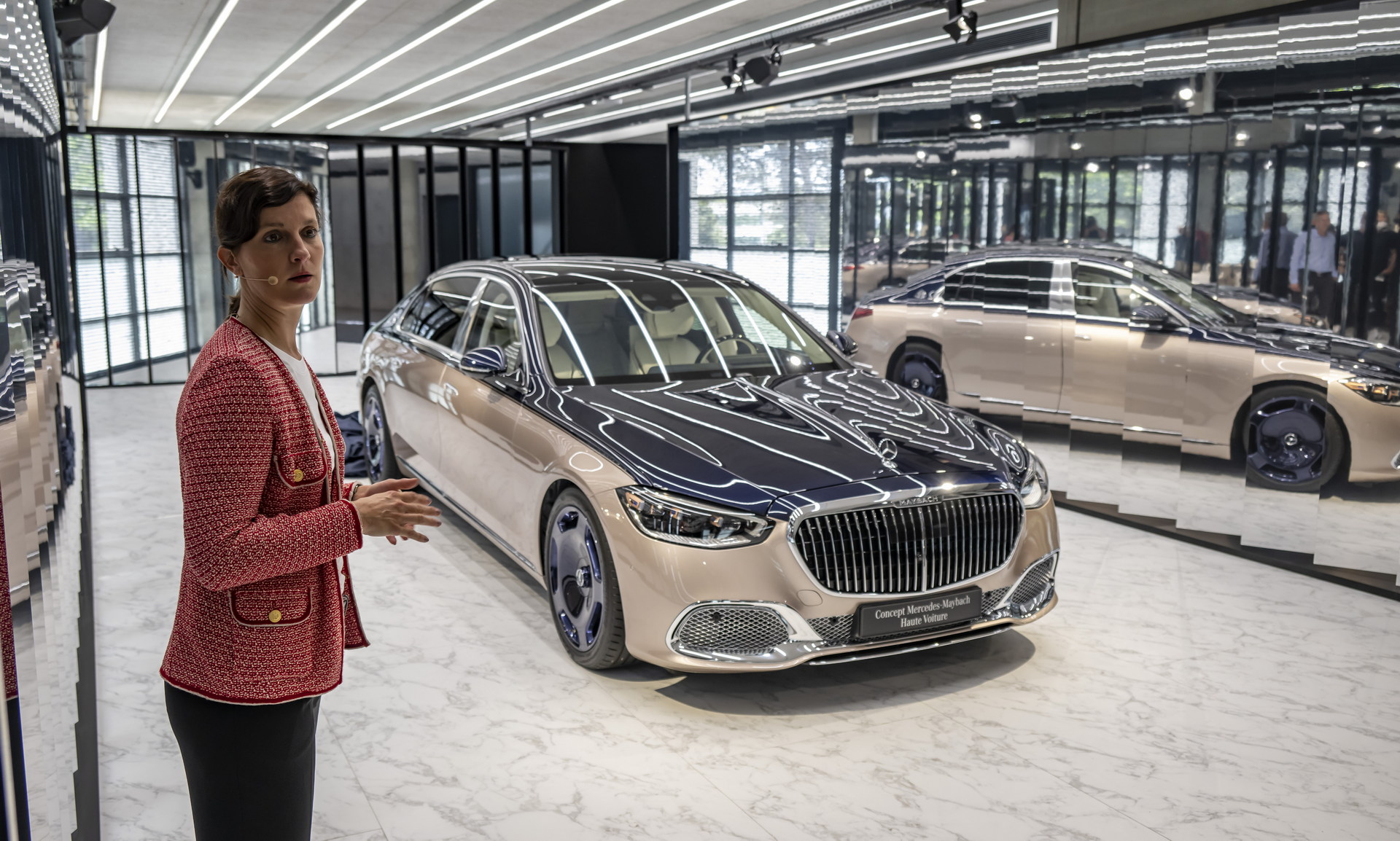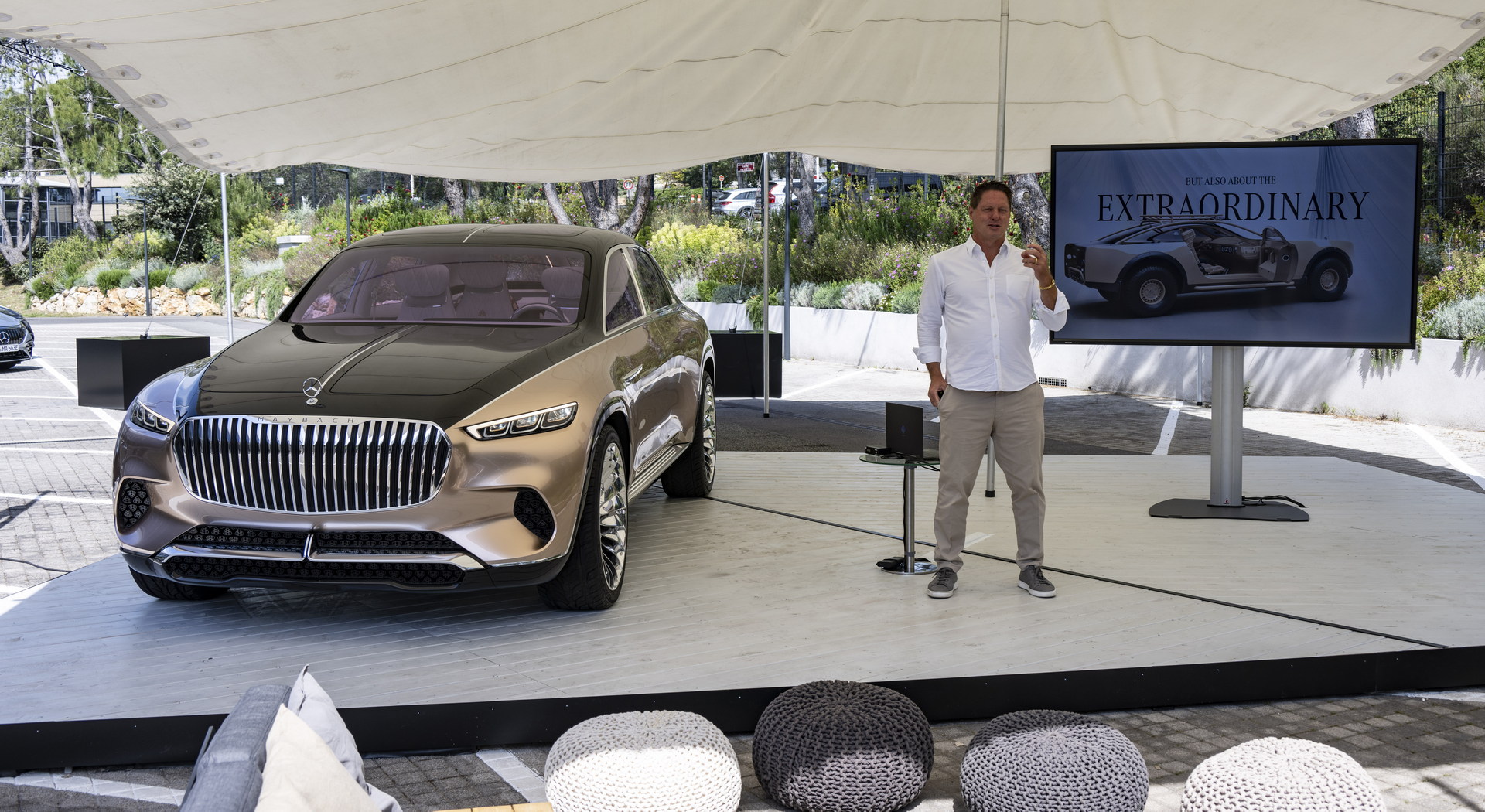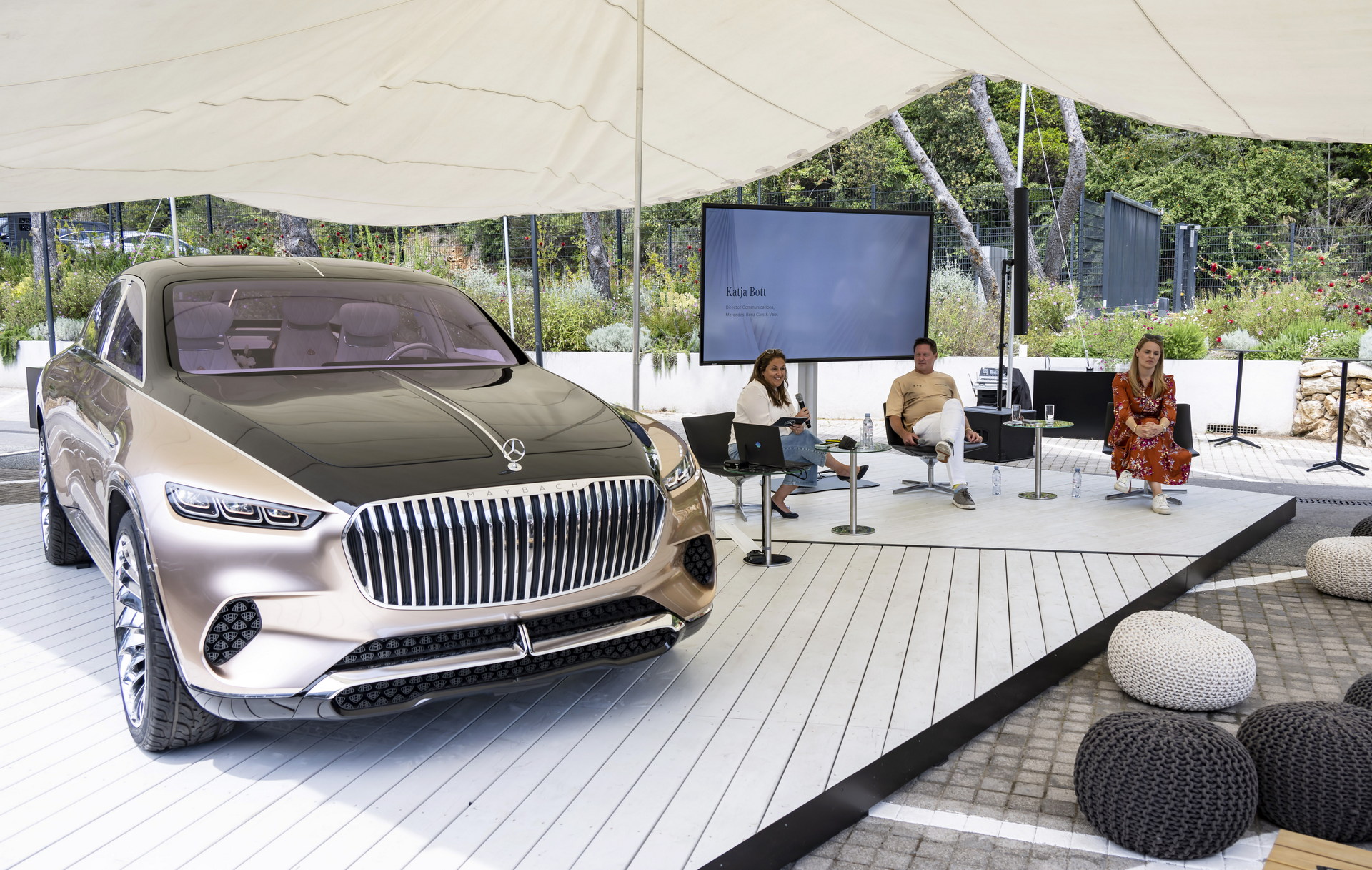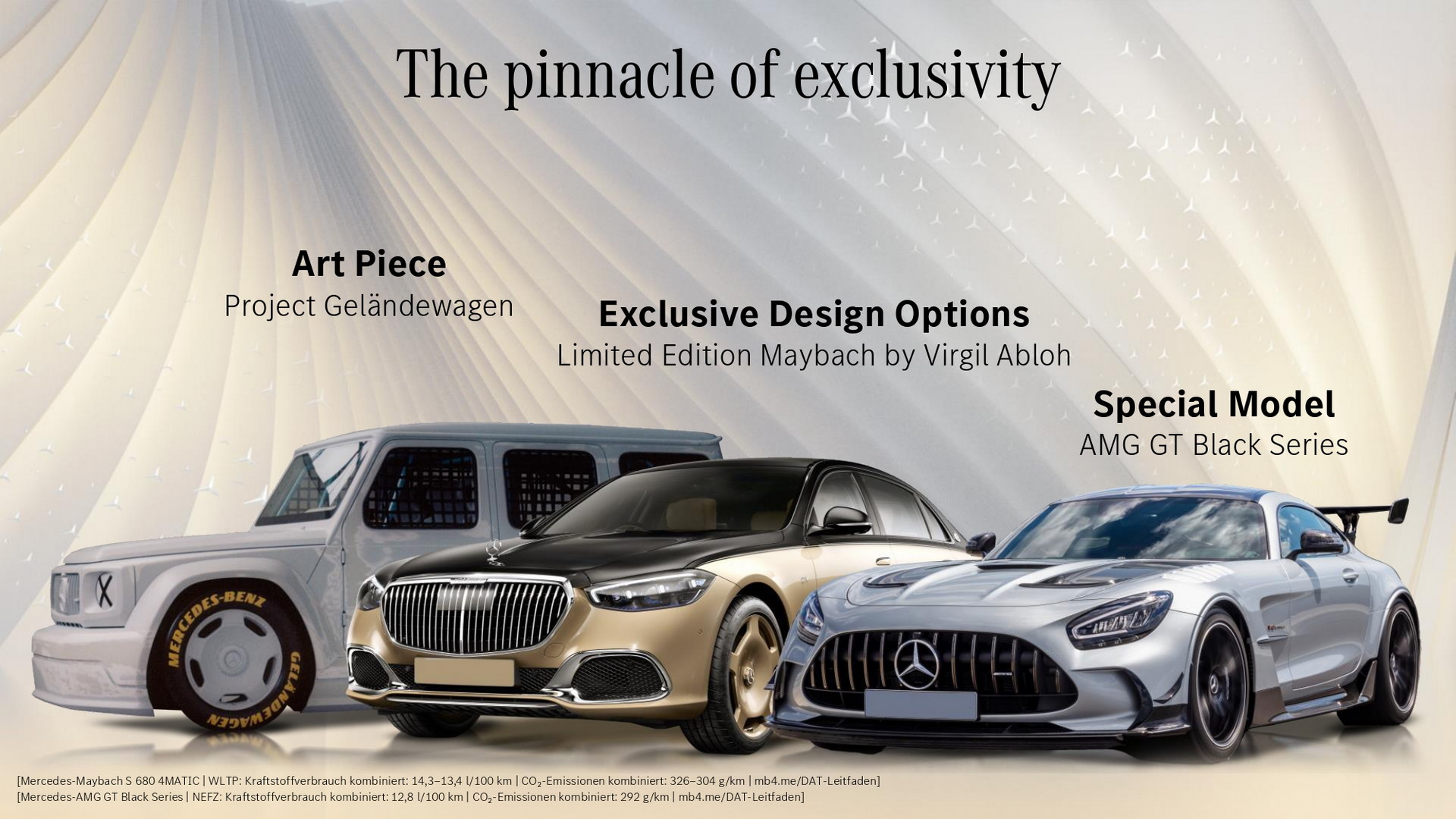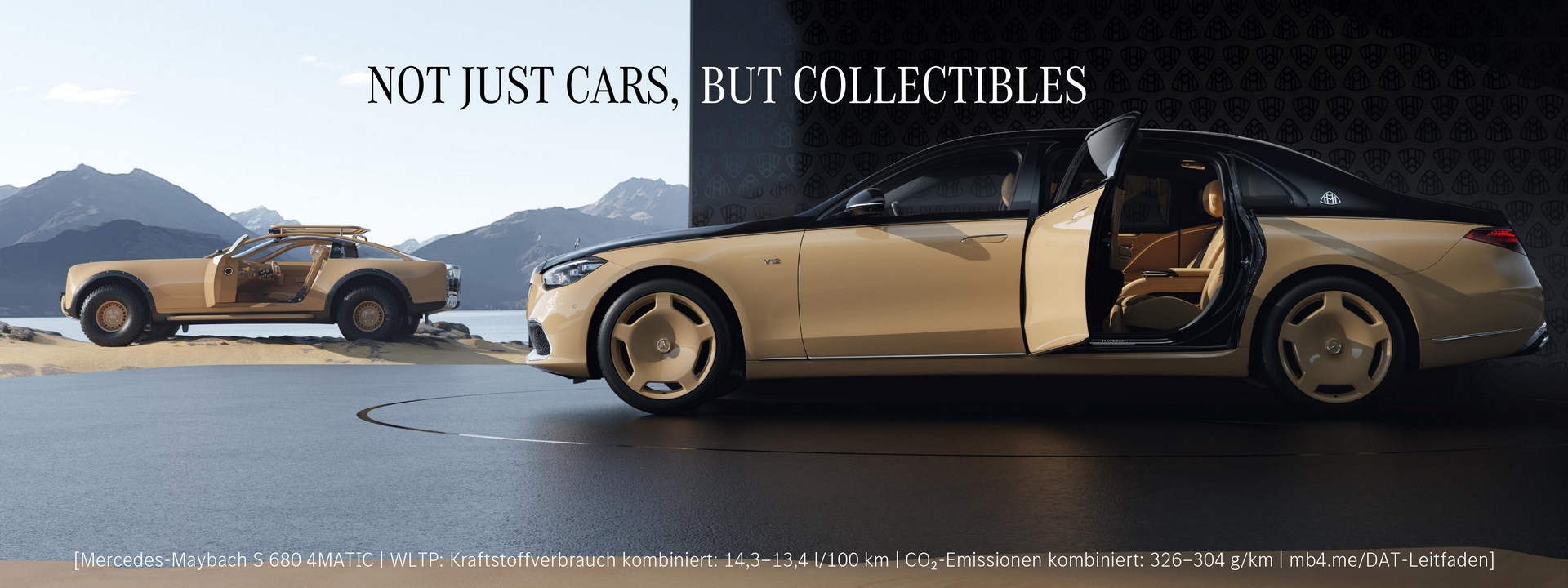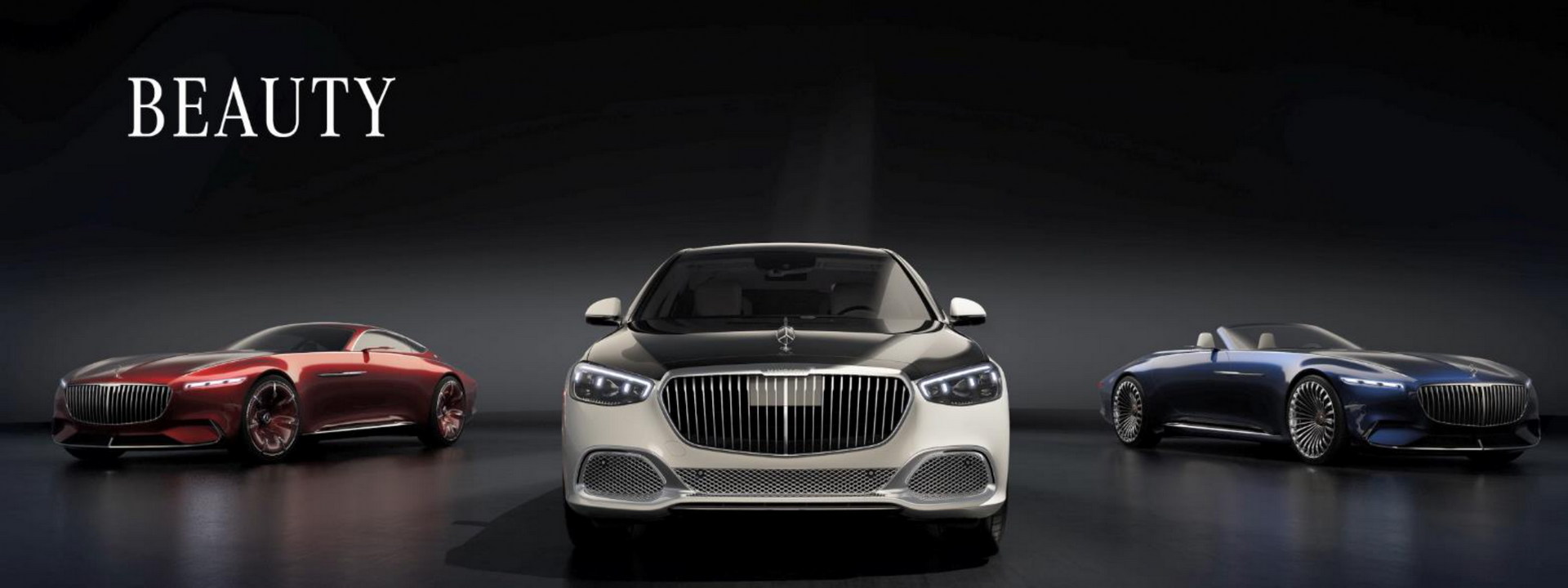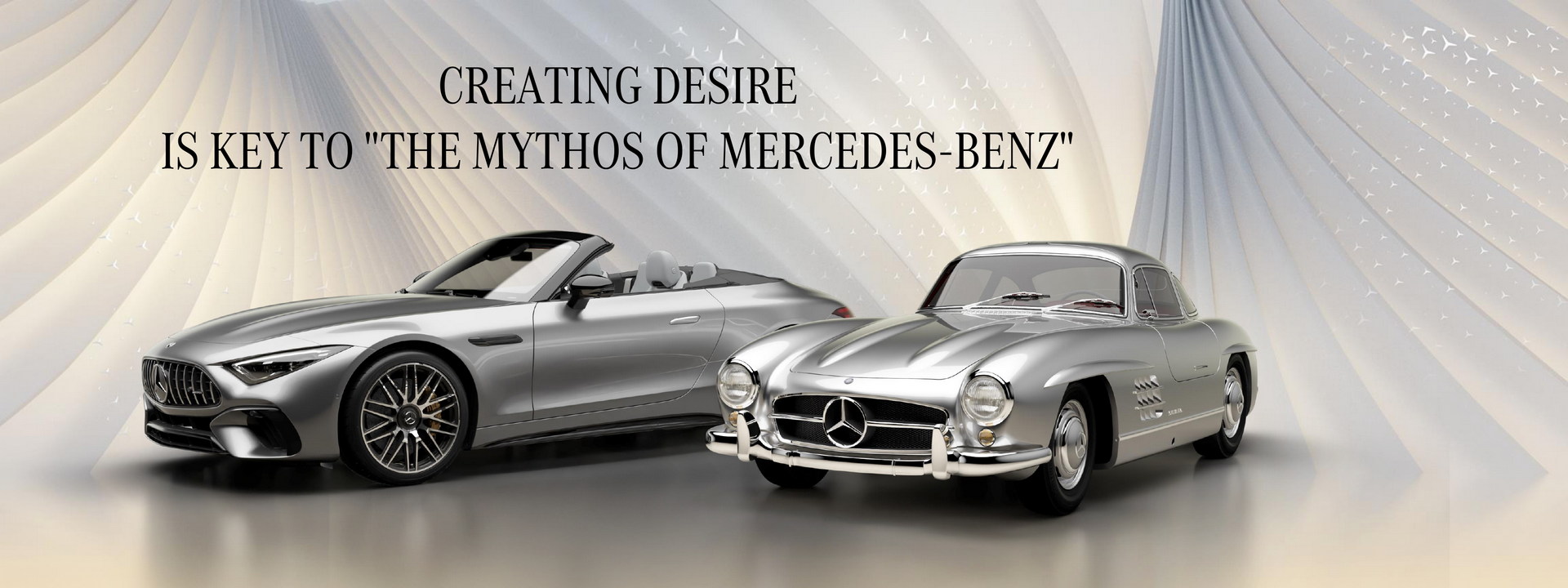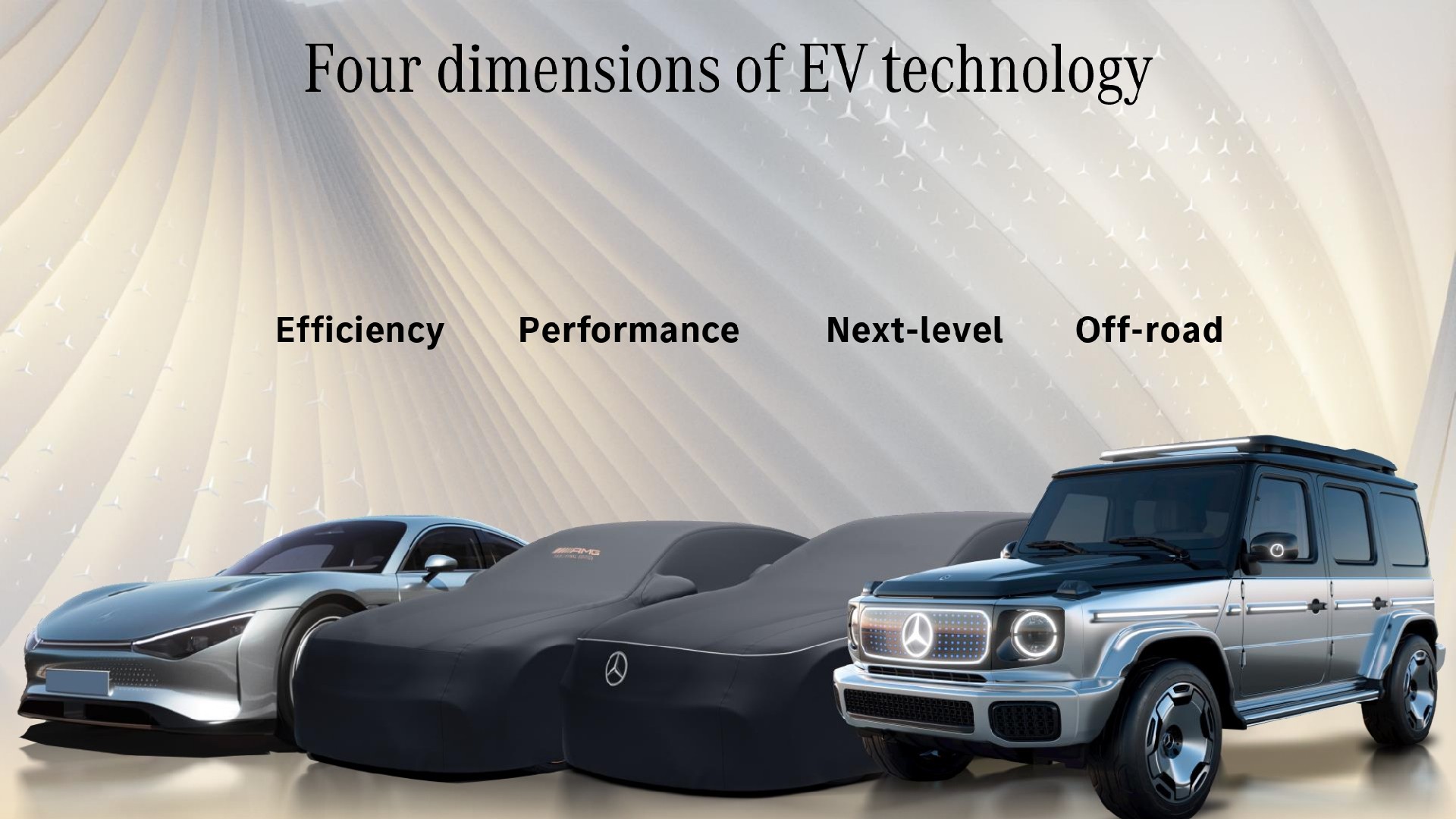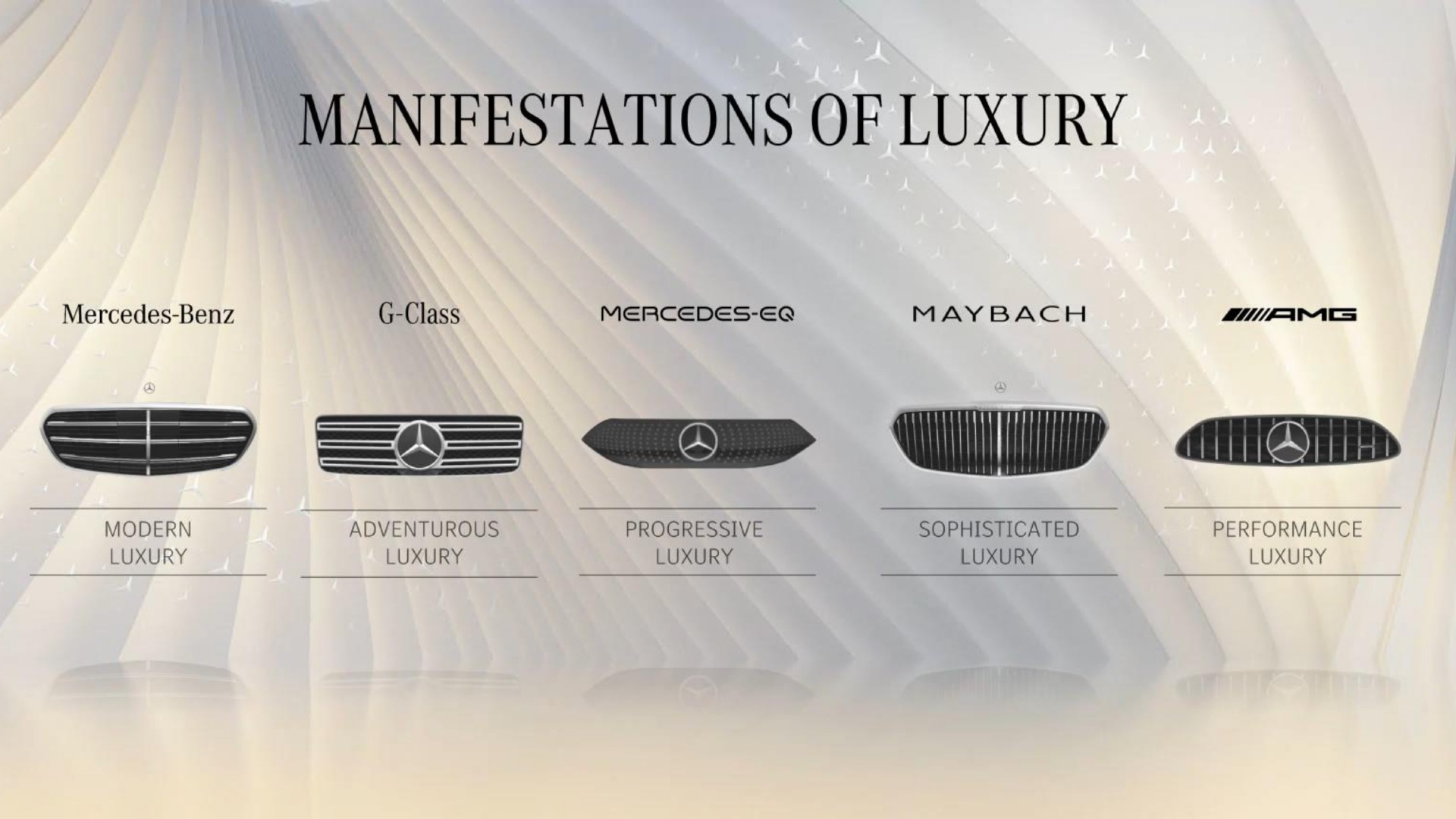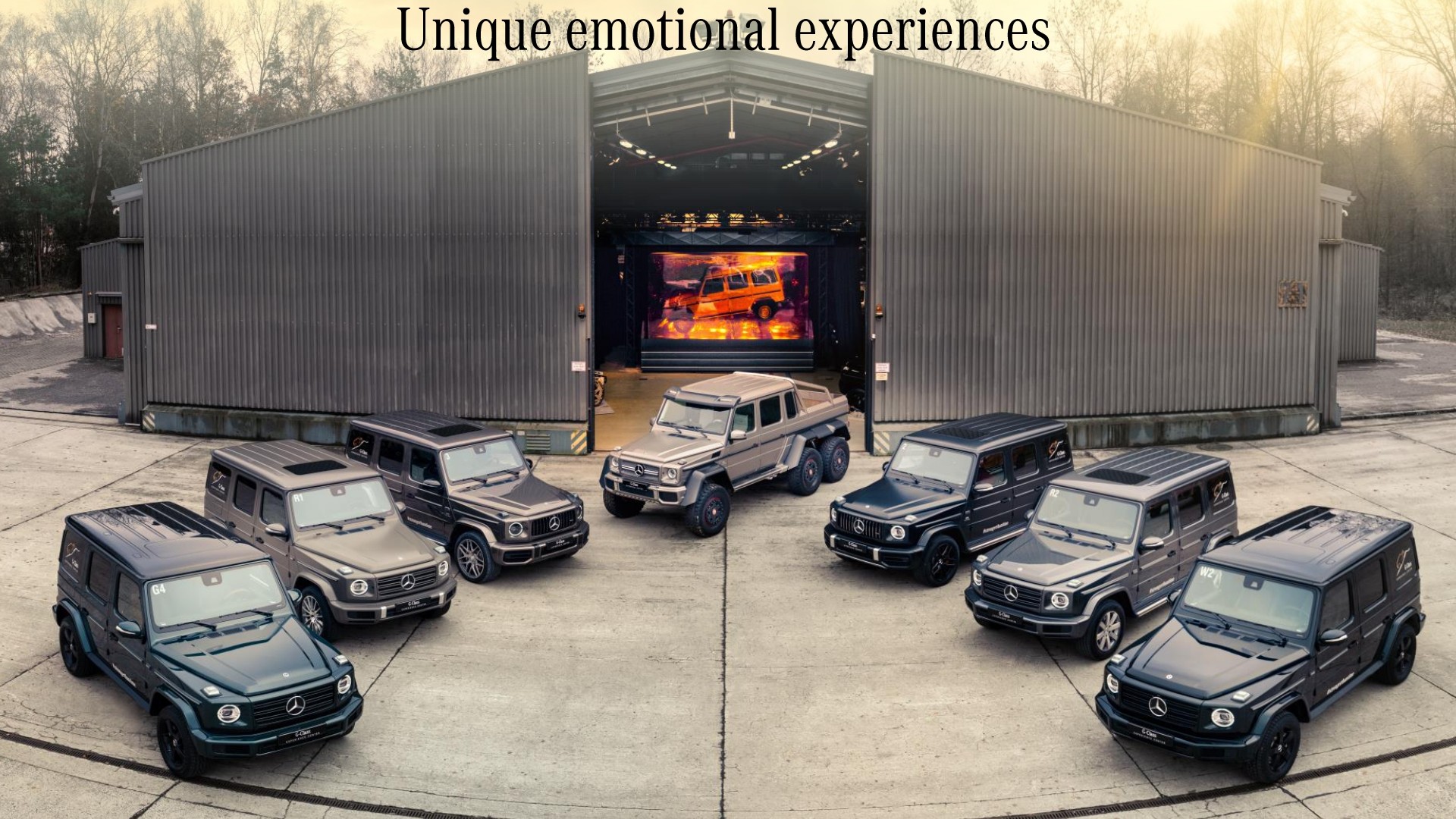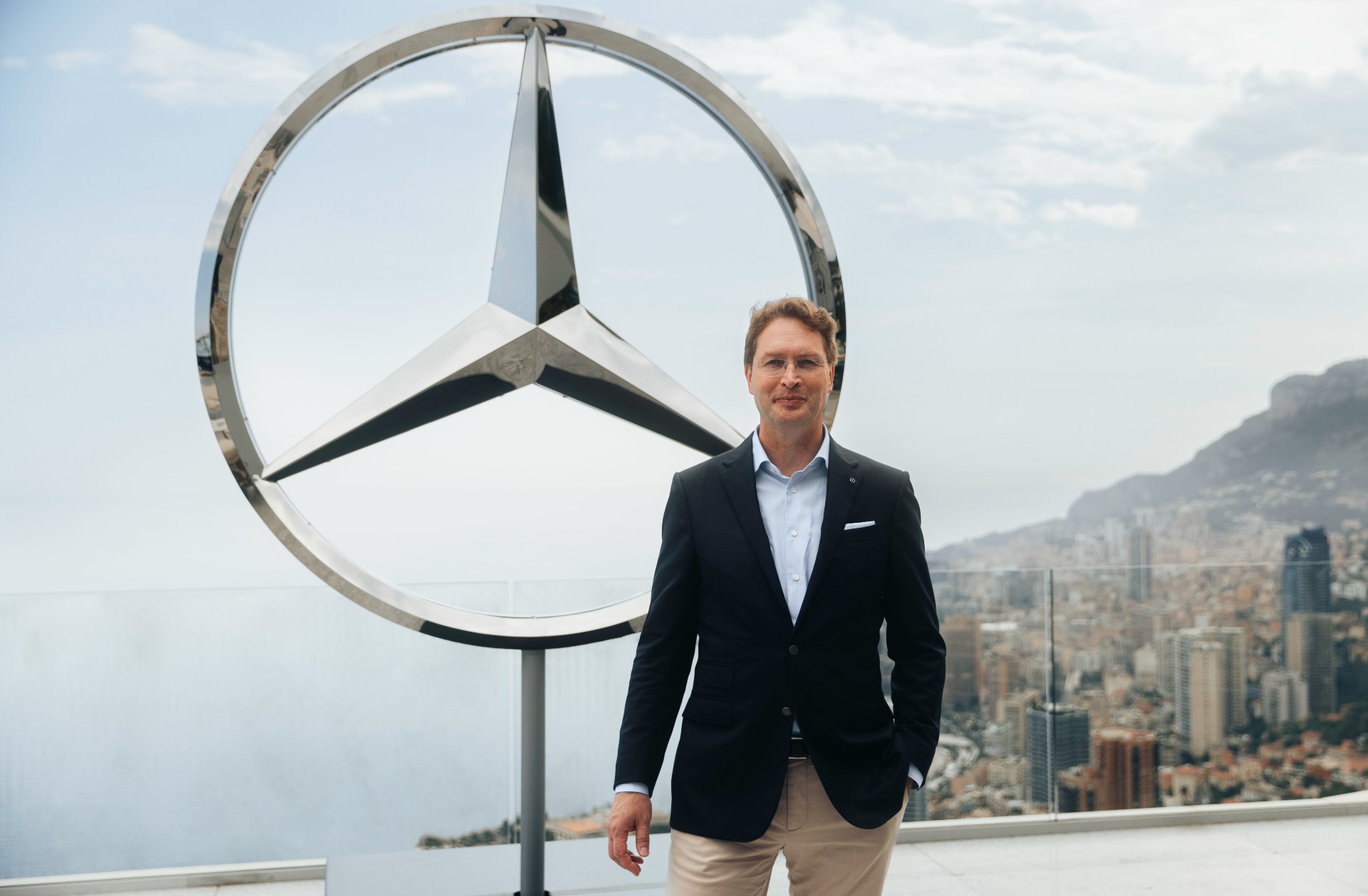Mercedes has unveiled a new business plan that will place a renewed focus and channel over 75 percent of its investment on high-end luxury models to increase profitability by 60 percent from 2019 to 2026 at the expense of its entry-level lineup that will be drastically cut down.
The brand’s revamped product portfolio will consist of so-called Entry Luxury, Core Luxury and Top-End Luxury models, while Mercedes will also introduce a highly-exclusive line of limited production collector cars under the newly announced ‘Mythos’ series that will join the Maybach, AMG, G Class and EQ sub-brands.
Vehicles from this exclusive Mythos range will be produced in “selected numbers” and will be made available to “the most dedicated enthusiasts and collectors of Mercedes-Benz” meaning you’ll probably have a hard time placing your order. As teased in the video presentation, the first model from the Mythos Series will be an SL Speedster.
See Also: Mercedes-Maybach Haute Voiture Concept Previews The Poshest S-Class You Can Buy Next Year
In the same context, Mercedes will expand the limited edition specials and exclusive collaboration vehicles like the recently-revealed Maybach by Virgil Abloh and the upcoming Haute Voiture Maybach S-Class. The Maybach range will grow beyond the S-Class and its bespoke derivatives not only with the fully electric Mercedes-Maybach EQS SUV that was previewed in concept form last year, but also with the Mercedes-Maybach SL roadster.
Another addition to the Top-End Luxury lineup (S-Class, EQS, EQS SUV, SL, GLS, G-Class, Maybach and AMG lineups), will be the fully electric G-Class, the first vehicle from the brand to utilize advanced battery cell chemistry from Sila Nanotechnologies – offered as an option. Furthermore, Mercedes could expand the G product family, without specifying what kind of vehicle is under consideration.
Moving down to the Core Luxury which has the highest sales volumes (C-Class, E-Class, EQE, GLC, GLE, etc), the main focus will be the new generation of the E-Class coming next year. Also, a new range of new EVs based on the EVA2 architecture will be designed specifically for the Chinese market. Another new model in the Core Luxury range will be the upcoming EQE SUV as a high-riding alternative to the EQE sedan. The next generation of electric vehicles will move from the EVA2 architecture to the new MB.EA platform that is under development.
Fewer Affordable Entry-Level Models But With More Tech
The Entry Luxury, is the least important of the three sectors, with investment here to be less than 25 percent of the total. Mercedes pledged to reduce the number of model variants from seven to four. The company didn’t specify which models will be discontinued but the current range of compact models comprises the A-Class Hatchback, A-Class Sedan, CLA, CLA Shooting Brake, B-Class, GLA, and GLB, alongside the fully electric EQA and EQB.
We guess that one of the first candidates for getting axed is the B-Class – after the imminent facelift – since minivans aren’t that popular anymore. Another plausible scenario is merging the A-Class Sedan and the sexier CLA into a single four-door coupe model, while discontinuing the estate. While cutting down the compact range, at the same time Mercedes says it will inject them with more technology. A good example is the new Mercedes-Benz Operating System (MB.OS) that will be introduced in 2024 together with the new MMA platform for compact vehicles. The first production model based on this architecture will be a sign of things to come, incorporating technology from the Vision EQXX concept.
Simplified Equipment Packages For Easier Configurations
Finally, Mercedes will start bundling equipment packages in a quest to simplify configuration and reduce the cost of optional equipment for the customer. The packages will be created according to customer preferences and regional demand, also helping in faster availability.
We all know that higher-spec models have higher profit margins. Thus, the new strategy will help Mercedes increase profitability, aiming for an operating margin between 8 and 14 percent by mid-decade depending on market conditions. If everything goes according to plan, Mercedes will have a fully electric range by 2030 and go carbon-neutral by 2039.




